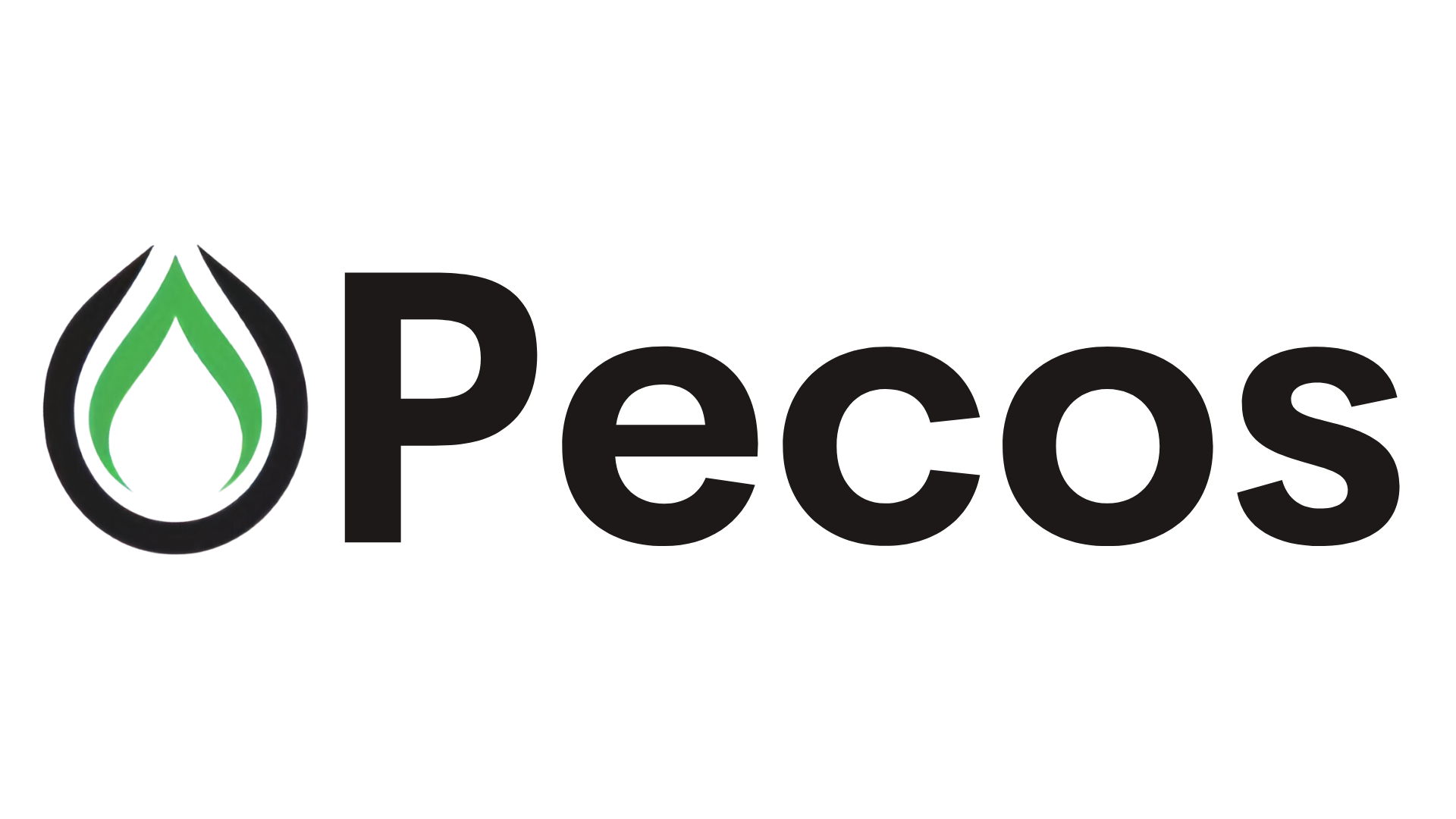Energy News Beat
Canceled offshore wind projects, imperiled solar factories, fading demand for electric vehicles.
A year after passage of the largest climate change legislation in U.S. history, meant to touch off a boom in American clean energy development, economic realities are fraying President Joe Biden’s agenda.
Soaring financing and materials costs, unreliable supply chains, delayed rulemaking in Washington and sluggish permitting have wrought havoc ranging from offshore wind developer Orsted’s project cancellations in the U.S. Northeast, to Tesla, Ford and GM’s scaled back EV manufacturing plans.
The darkening outlook for clean energy industries is tough news for Biden, whose pledge to deliver a net-zero economy by 2050 faces headwinds that the landmark Inflation Reduction Act’s billions in tax credits alone can’t resolve.
After walking into last year’s United Nations climate summit in Egypt touting the IRA as evidence of unprecedented progress in the fight against climate change, Biden is expected to skip this year’s event in Dubai amid dire warnings that the world is moving too slowly to avert the worst of global warming.
Clean energy experts interviewed by Reuters say the mounting setbacks will make the United States’ ambitious targets to decarbonize by mid-century even harder to reach.
“While we see healthy numbers being deployed each and every quarter and we’re continuing to be on a growth path, it’s certainly not at the level that is required to hit some of those targets,” said John Hensley, vice president for the clean energy trade group American Clean Power Association (ACP).
The dynamics of soaring costs and broken supply chains are also slamming projects in other regions. No major nation is on track to meet the emissions reduction goals outlined in the United Nations’ Paris accord, which aims to limit global warming to 1.5 degrees Celsius, according to Wood Mackenzie.
A White House official said that while there have been macroeconomic setbacks and bottlenecks at the local level to renewable energy deployment, there are plenty of examples of progress, including an expanding EV market and Dominion Energy Inc making headway on the nation’s largest offshore wind farm off the coast of Virginia.
“In the face of headwinds that are macro in nature, headwinds that affect decision making across the economy, this has been a resilient trajectory,” White House National Climate Advisor Ali Zaidi said in an interview. He said the United States will achieve it’s climate goals.
TEN MILLION HOMES
More than 56 gigawatts of clean power projects, enough to power nearly 10 million homes, have been delayed since late 2021, according to an ACP analysis. Solar energy facilities account for two thirds of those delays due in part to U.S. import restrictions. Washington has been trying to combat the use of forced labor and tariff-dodging in a panel supply chain that is dominated by Chinese goods.
Issues like permitting gridlock, local fights over where to site solar and wind projects and a grid connection process that can take an average of five years are also routinely cited by developers as among the industry’s biggest challenges.
“In a number of areas investment has increased,” Prakash Sharma, vice president of scenarios and technologies at Wood Mackenzie said in an interview. “But then when it comes to some of those permitting and approvals that are required to push projects forward, or infrastructure development, that’s an issue which IRA cannot solve.”
Tight supplies and strong demand for renewables from utilities and corporations have also driven up contract prices, which could mean higher costs for consumers. Solar contract prices rose 4% to hit $50/MWh for the first time ever in the third quarter, according to tracking firm LevelTen.
Vic Abate, Chief Executive of GE Vernova’s wind business, said progress is happening more slowly than some had anticipated, but was not fundamentally off course.
“I’m not betting against the IRA,” he said in an interview. “This is more of a question of when. If last year people were thinking ’23 to ’24, it’s probably more ’24 to ’25.”
The IRA aims to shore up the U.S. clean energy supply chain by incentivizing domestic production of equipment like solar panels and wind turbines, but recently manufacturers have warned that a wave of new Asian capacity is threatening the viability of dozens of planned American factories.
Turmoil in the nascent U.S. offshore wind industry, meanwhile, is perhaps the most high profile setback. Developers like Orsted, BP and Equinor have sought to renegotiate or cancel contracts due to soaring costs, and have taken multi-billion dollar writedowns on projects. Players also largely failed to show up for a federal sale of wind leases in the Gulf of Mexico in August. The Biden administration’s target of deploying 30 gigawatts of offshore wind by 2030 is now widely regarded as unattainable.
Meanwhile, some corporations are delaying investment decisions while awaiting the Treasury Department to craft rules on how the IRA’s tax credits can be used.
Robert Walther, director of federal affairs at ethanol maker POET, for example, says his company is waiting on the design of tax credits for sustainable aviation fuel under the IRA, to see whether the corn-based fuel can qualify as a feedstock.
“We’re not pulling the trigger on anything until we know what the value of these tax credits are,” Walther said.
Still, the U.S. can be proud of how it is tackling climate change, particularly when compared with the Trump administration’s relatively recent efforts to roll back policies that protect the climate, according to Dan Reicher, a scholar at Stanford University.
“These are the normal ups and downs of clean energy development and deployment,” Reicher said.
“I think we can go to COP with our chin held high that we’re making some real progress.”
(Reporting by Nichola Groom; Editing by Richard Valdmanis and Alistair Bell)
ENB Top News
ENB
Energy Dashboard
ENB Podcast
ENB Substack
The post Biden’s clean energy agenda faces mounting headwinds appeared first on Energy News Beat.








